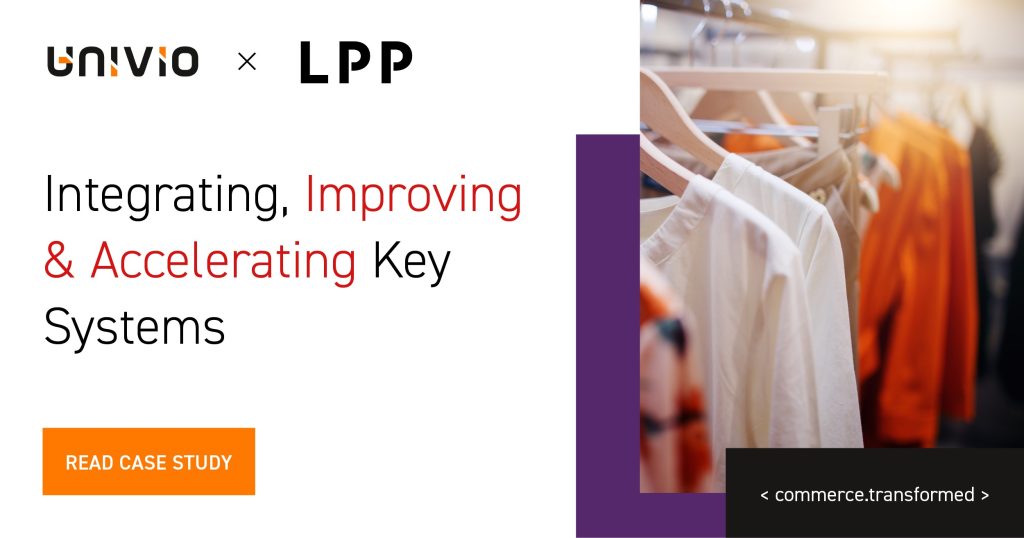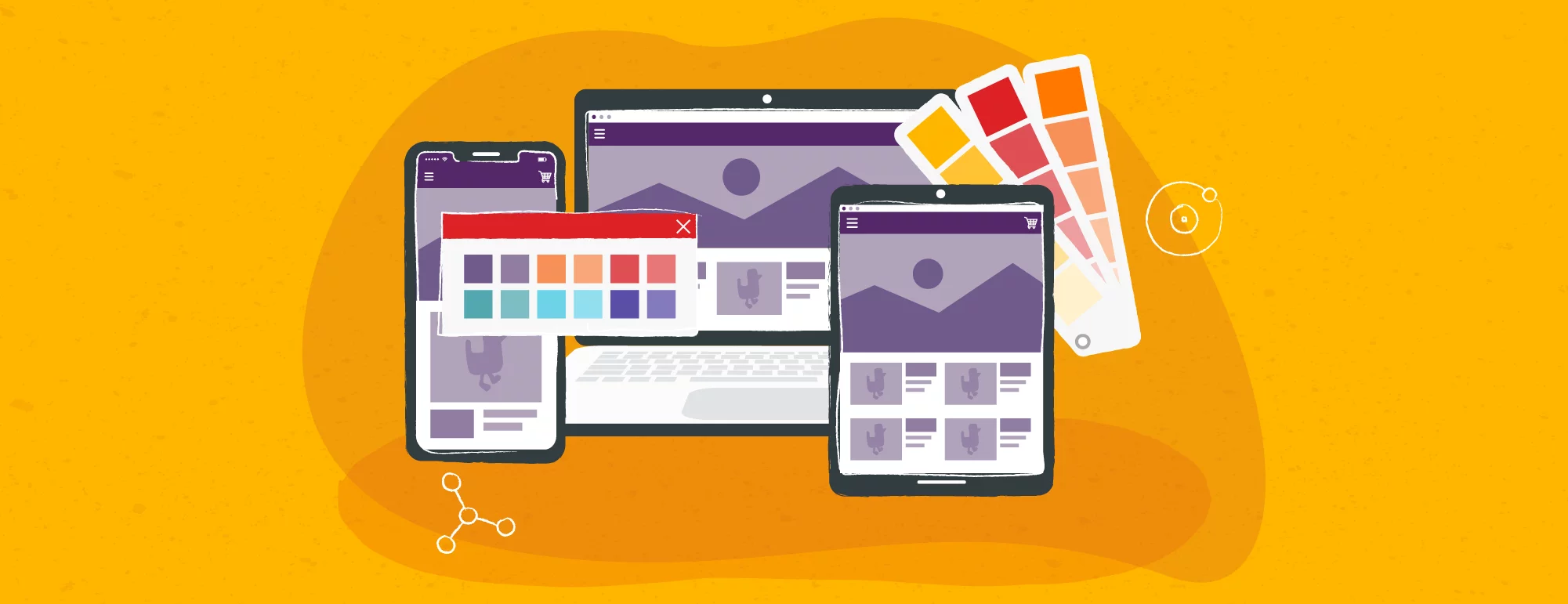The 5 Critical Steps Before Any System Integration Process
System integrations are easier said than done. The concept is simple, but the wider system integration process is a little more complicated. In fact, to do it right, some of the more important system integration steps take place before the actual work itself.
Why? Because unlike implementing other digital solutions, integration projects aren’t visible by themselves. More so, badly implemented integrations lead to noticeable problems. As such, these projects need to take into account the unique needs and considerations of the project.
Done right, it can work wonders; connecting systems – and accessing the data therein – for the benefit of users. Without the right IT system integration process, however, the end result will not meet the needs of the business and can lead to disaster.
And that is why we want to share some of our integration experience; more specifically, the 5 key steps that need to be taken before carrying out such a project.
Step 1 / Don’t Start With Technology
If you start by choosing a technology, the project is already going wrong. If you choose the tools before the next 4 system integration steps, the end result will not respond to the needs and requirements your organization.
At this stage, it’s very easy to jump to one of the most popular products. After all, the IT market offers many interesting solutions, which can seem like an easy-win. However, without proper knowledge of the business and technical requirements, it will be impossible to build the necessary solution. Instead, the proposed technology will lead to more work and significantly higher project costs due to being poorly matched.
Step 2 / Identify Processes
To implement any project, you need to know what you’re improving – and you need to know it well. With an IT system integration project, that means identifying the specific business processes that need to be connected.
The easiest approach here is to identify those processes which require either data from a few systems or the cooperation of systems. Once you have such a list, you should also consider which data these systems need to exchange, and the circumstances under which this is done – for example, for which situations and for what data.
One key note here, however, is to never dismiss processes because “we’ll update that technology in the future”. Your goal here is to identify all processes that interact with other systems, and ensure the current solution being proposed meets all your needs.
Step 3 / Audit Systems
Once the necessary systems have been identified, the next step is to look at them more closely. Specifically, the audit should check what communication possibilities we have.
- What API is available in these systems?
- Is it possible to change any of the systems?
- What about providing additional interfaces, or would such changes be too time-consuming?
The final architecture and system integration workflows, as well as the scope of the project and the choice of technology (remember step 1 😊), all depend on these answers.

Other than this, the audit itself does not need to be extensive. The above questions will give you the fundamental knowledge to move forward and start working on a conceptual solution.
Step 4 / Define Integration Requirements
Now we know the systems, we can consider the requirements for the new system integration solution itself. At this stage, we need to ask:
- What hinders you in current integration efforts
- What works well in the current approach
- What you expect from a future integration
This will outline the functional requirements for the new system integration project, but we also need to consider the wider needs. We can do this by looking at the available solutions and listing the features that were perceived positively and those that are in need of improvement – including those that don’t work properly. This can be determined from both the perspective of the business, as well as the individual teams that use them.
Key criteria to look over here include:
- Reliability
- Observability & Monitoring
- The time it takes to make any changes
Step 5 / Think About the Future
So far, we’ve taken a detailed look at the current requirements, but every new project must also consider the future. Specifically, this is the ideal – and necessary – opportunity to consider the challenges coming up in the next 2-5 years.
By properly planning the integrations now, we can easily ensure selected system replacements can be properly added and implemented. This is the step to consider all planned and potential plans that could impact the integration. In other words; any and all foreseeable technological changes. What might be replaced? What new solutions might be added?

And Now You’re Ready
Now you know what to do when starting a system integration project. If you prepare these answers, you will be able to quickly start realizing your system integration project.
If you are looking for an experienced partner to guide you through this process, we are here for you! Contact us – let’s talk about your challenges and possible solutions.








